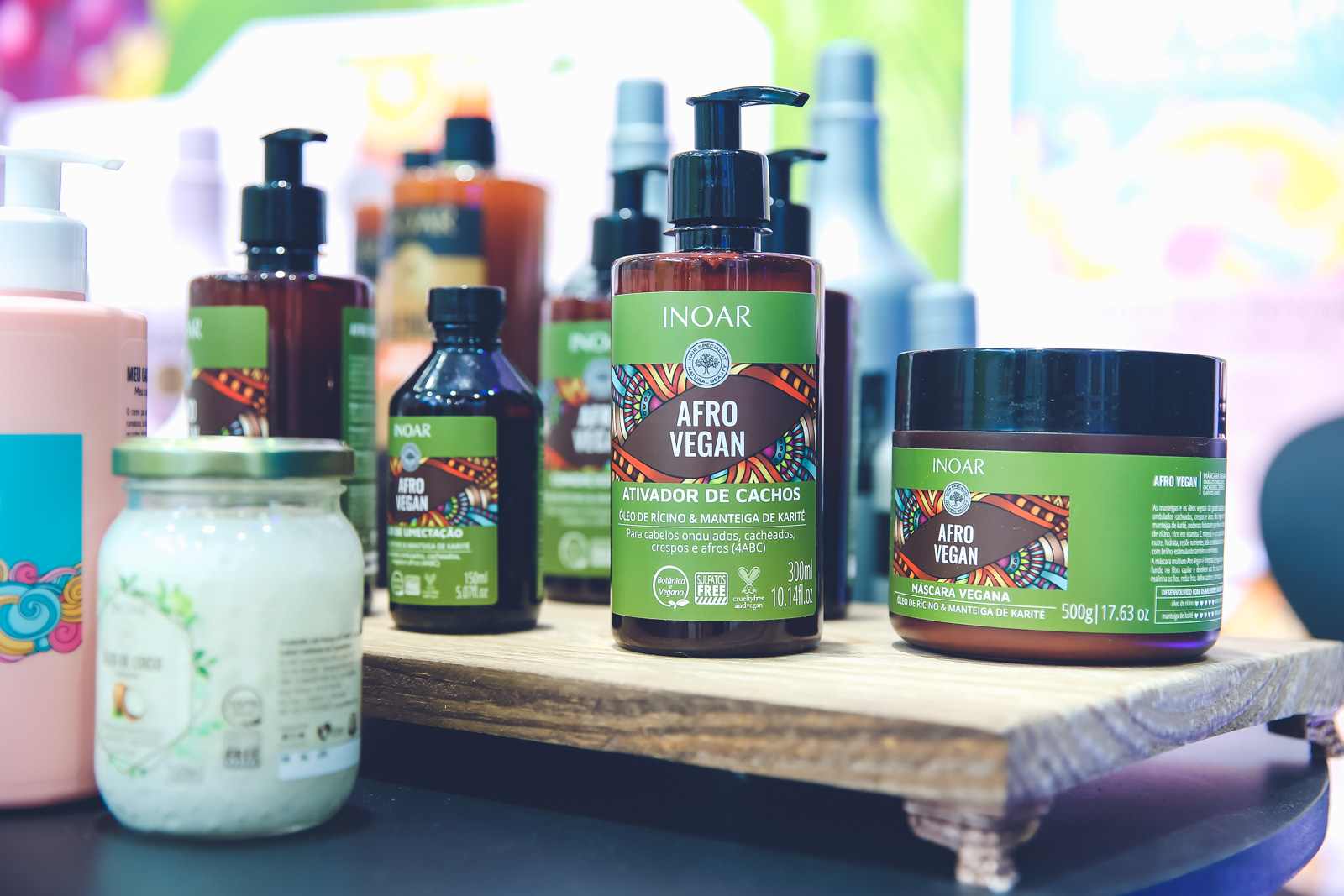Y ahí, es liberado? Aprenda lo que son las técnicas Low Poo, No Poo e Co Wash
Quien es atado en la composición de los productos que usa y ama cuidar de los mechones está más familiarizado con la pregunta: "¿Es liberado?".
Low Poo, No Poo, Co Wash.
It all started with a book. American hairdresser Lorraine Massey described in her book, Curly Girl, some treatment techniques that prioritize the use not only of milder cleansing agents but also of substances that treat hair completely without masking the





